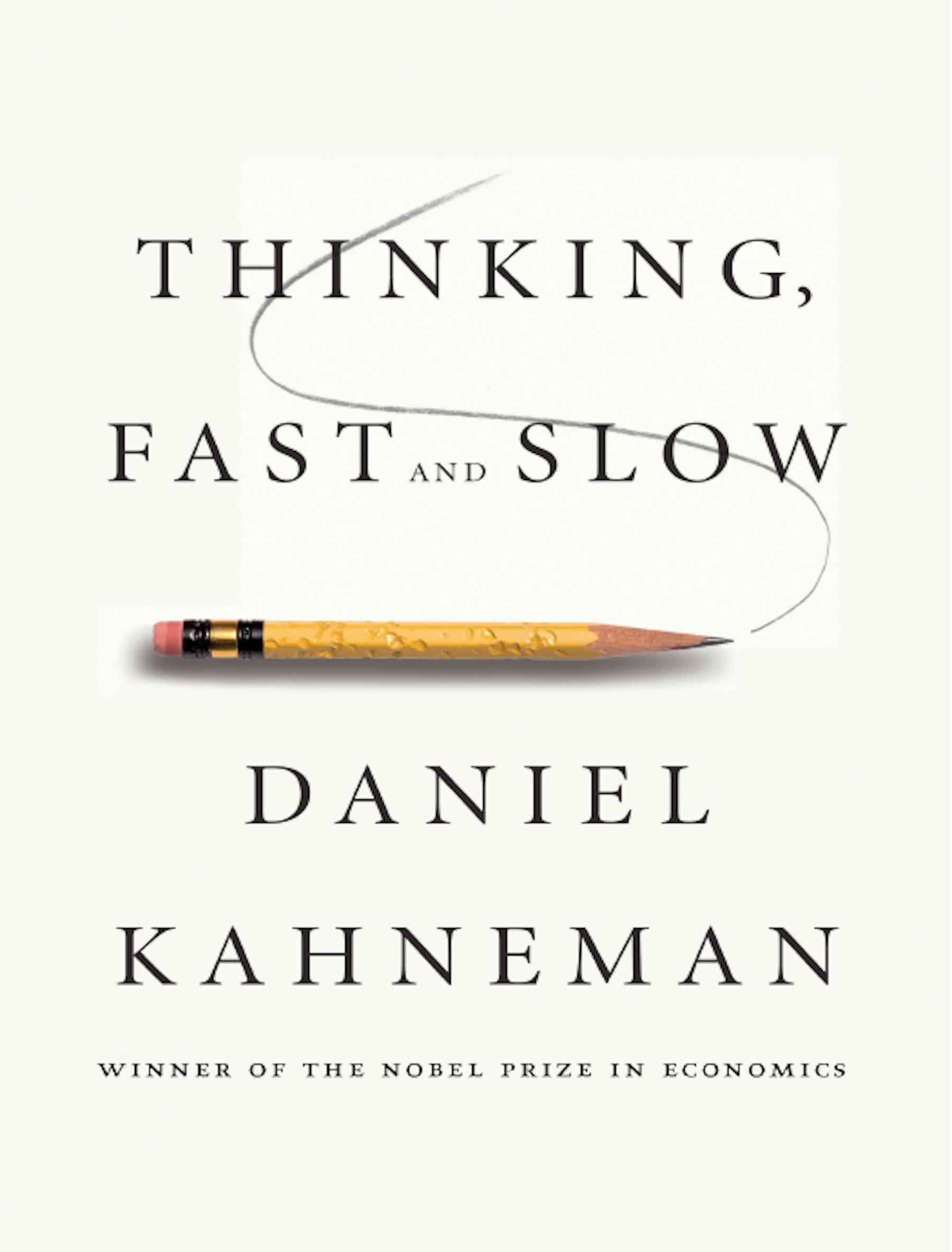
Reflections on Daniel Kahneman's 'Thinking, Fast and Slow' - 10 years on
Not long before Christmas, The Guardian held a Q&A with Daniel Kahneman, to celebrate 10 years since 'Thinking, Fast and Slow' was published. The hour-long session was a fascinating discussion about the phenomenal success and influence of the book and his views on its relevance a decade later.
The most noticeable thing about Kahneman was the modesty he portrayed. He talked about genuinely being unsure how the book would be received and his fear that it would be considered an ‘old man’s’ book. The years of isolation working on it led him to doubt its impact, its credibility with the scientific community and its feasibility for a mainstream audience.
Even a decade later, he genuinely seemed surprised at its success which he measures in the number of citations in scientific literature as much as the commercial figures. He believes this impact has come from people wanting to understand crazy and irrational human behaviour, which has long been overlooked by scientists, especially economists. He felt the book has made the world more legible and that the notion of System 1 and System 2 thinking merely tied into people’s own recognition and introspection that ideas come in two ways; automatic and effortful, fast and slow.
He credited the success of System 1 and System 2 as fitting into the psychology of ‘one liners’. The sense that psychology as a science can be a difficult process so the concept of ‘proving’ psychology by demonstration makes it feel more achievable and valid. He talks about demonstration rather than experimentation; an individual has an idea, the idea is then demonstrated, the demonstration sticks in people’s minds and in this way the idea is understood and recalled.
Daniel discussed the problems with probability and how people make assumptions based on supposition because storytelling is stronger than detail. He talked about this explaining why there is less trust in experts; people trust their own intuition more than experts view especially if experts’ opinions are at odds with our view of the world. He made a strong case for storytelling and talked about how at its best, it can bring detail to life.
He also had some views on the reason for conspiracy theories around the two great crises affecting us at the moment: the pandemic and climate change. His view on the pandemic is that the human brain is poor at making exponential calculations; so at the beginning of the pandemic we saw 100 cases, rather than a doubling of cases week upon week. Climate change he believes has had too few stories, and has been an intangible concept up to now, but as the real-life stories continue, the stronger belief will become.
Additionally, he addressed the criticism of Chapter 4 in the book, based on the concept of priming; essentially the thought that if people see images of elderly people, they walk more slowly, if they have a warm drink in their hand they behave more warmly to people, if they see money, they become more selfish etc. He insisted in the book these are phenomena of science and yet few of these striking results have held up to replication. He admitted that he was wrong and arrogant about this thought and made a retraction in 2017. Despite this retraction, the vehemence of the criticism has clearly hurt him as he discussed the adversarial approach of scientific arguments and how destructive this can be. He feels the process of psychological experimentation has improved with scientists now ‘pre-registering’ their hypotheses to help prevent self-delusion and a desire to prove a hypothesis, rather than disprove it.
A final fascinating aspect of the discussion was focused on his collaboration with Amos Tversky, who died in 1996. Six years after Tversky's death, Kahneman received the 2002 Prize for Economics for the work they did together. The prize is not awarded posthumously but Kahneman has always believed it was a joint success.
He talked about the multiple collaborations he’d had in his life, but that none were as influential as that of Tversky. He discussed the joy of collaboration where the sum of two minds is clearly better than either one, the type of collaborations where people complete each other’s thoughts. For Kahneman, all scientific work is essentially collaborative, but he made a fascinating and reflective difference between being supplemented by a collaboration and being augmented. The latter is collaboration on a different plane.
It was a fascinating hour of reflection with three main take outs for me; storytelling and detail being more powerful than big data, demonstration rather than experimentation in the field of psychology and of course, this last thought about the power of augmented collaborations.
